In 2023, Rolls-Royce delivered 6,032 motor cars to clients across more than 50 countries worldwide.
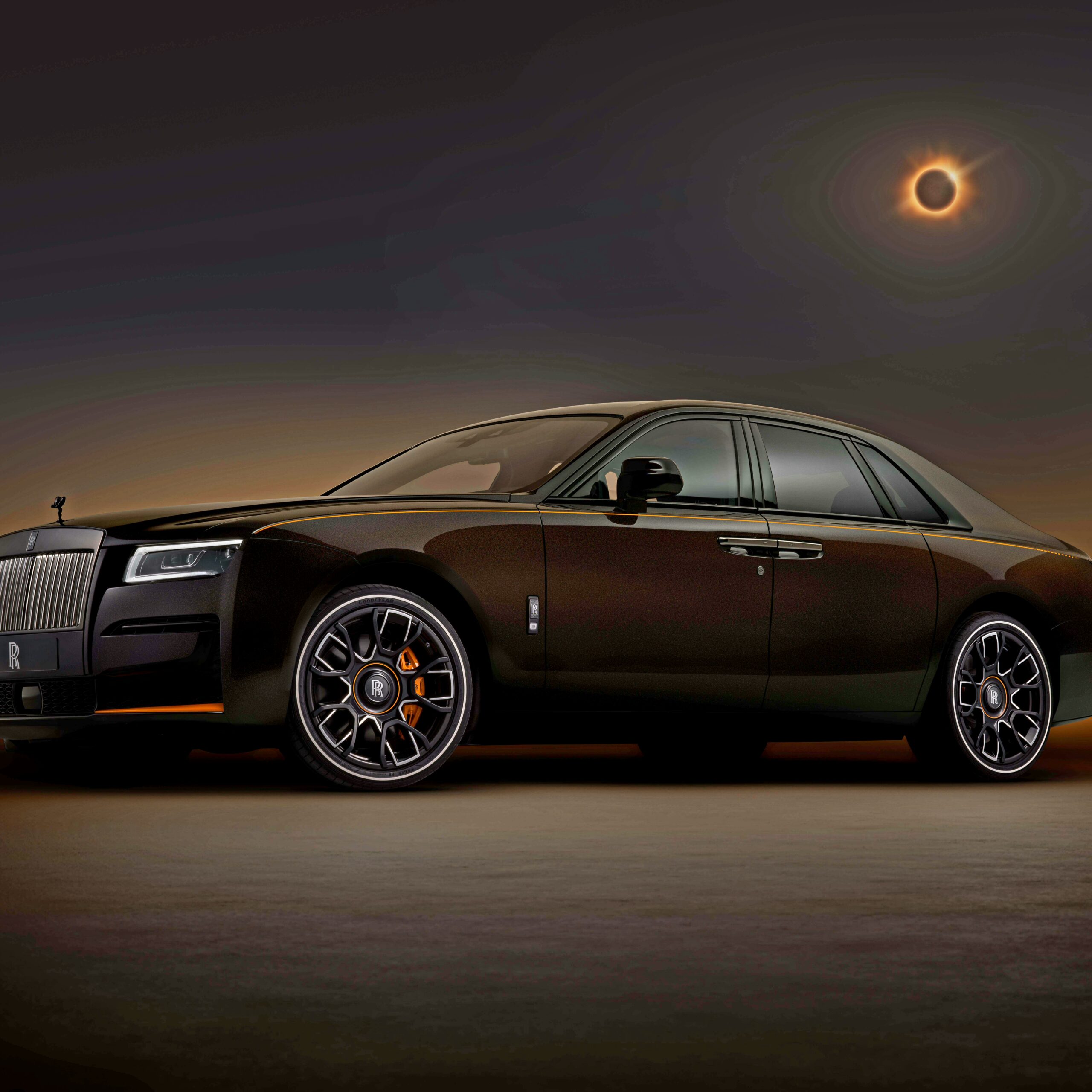

In 2023, Rolls-Royce delivered 6,032 motor cars to clients across more than 50 countries worldwide.
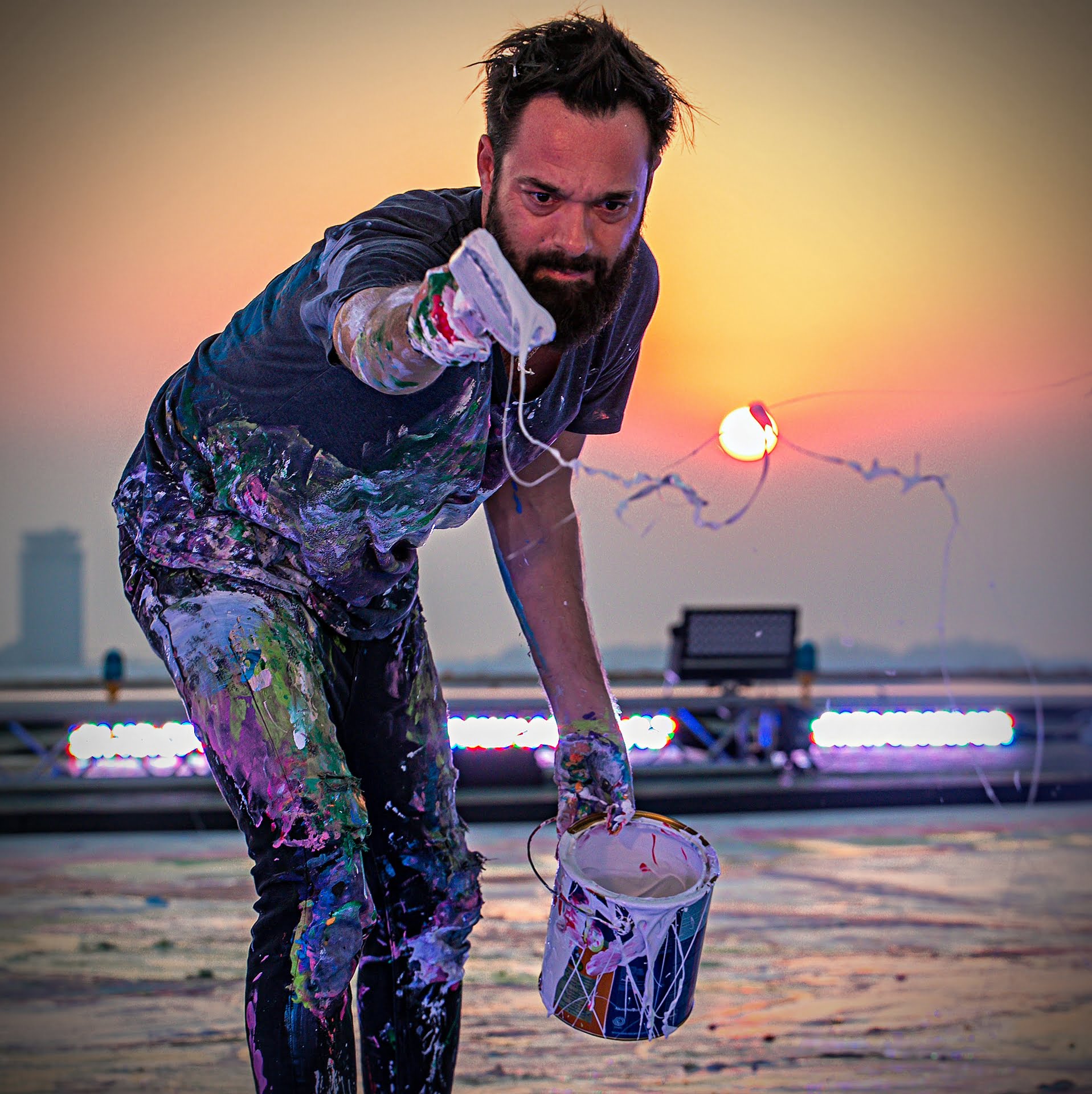
ROLLS-ROYCE UNVEILS BESPOKE PHANTOM ‘THE SIX ELEMENTS’ IN DUBAI FEATURING HAND-PAINTED SACHA JAFRI ARTWORK.
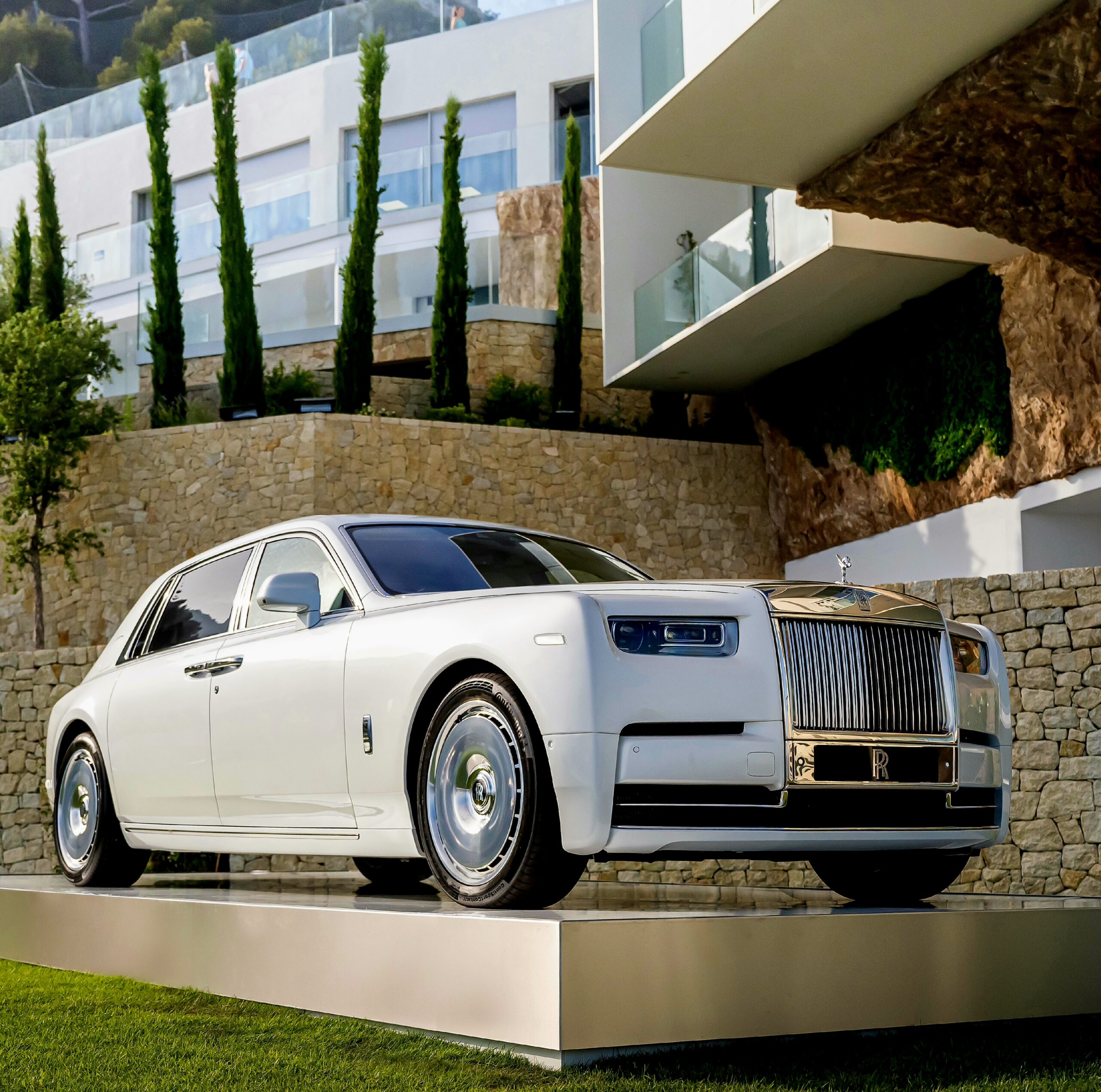
At the French Riviera, leading automotive and lifestyle outlets bare witness to Rolls-Royce Phantom Series II.
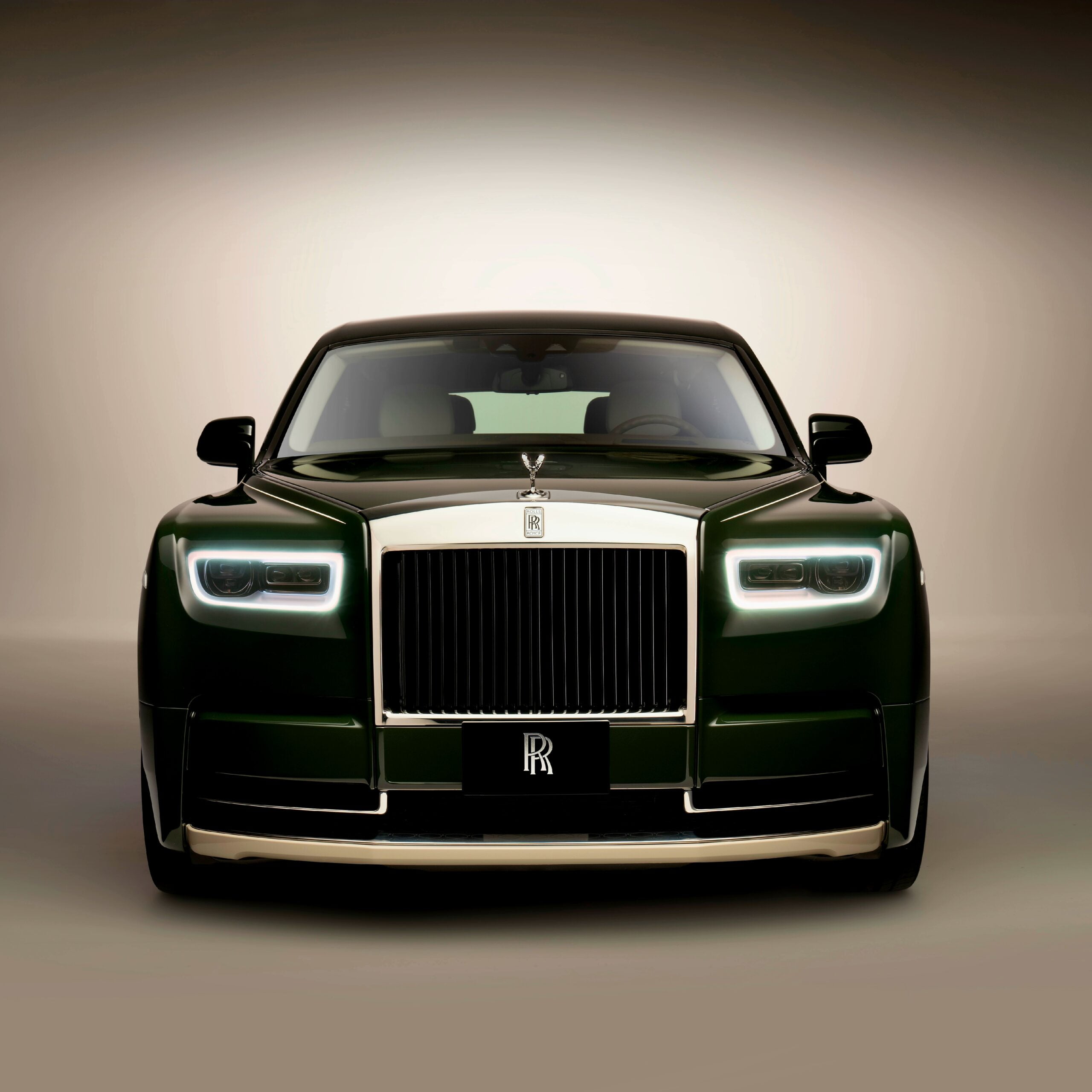
ROLLS-ROYCE REFLECTS ON ITS PINNACLE PRODUCT TO MARK 118TH ANNIVERSARY Rolls-Royce Motor Cars celebrates the 118th anniversary of the historic first meeting between Henry Royce and The Hon. Charles Stewart Rolls – which took place on 4 May 1904 The company they founded together created ‘the best car in the world’, a position still occupied today […]
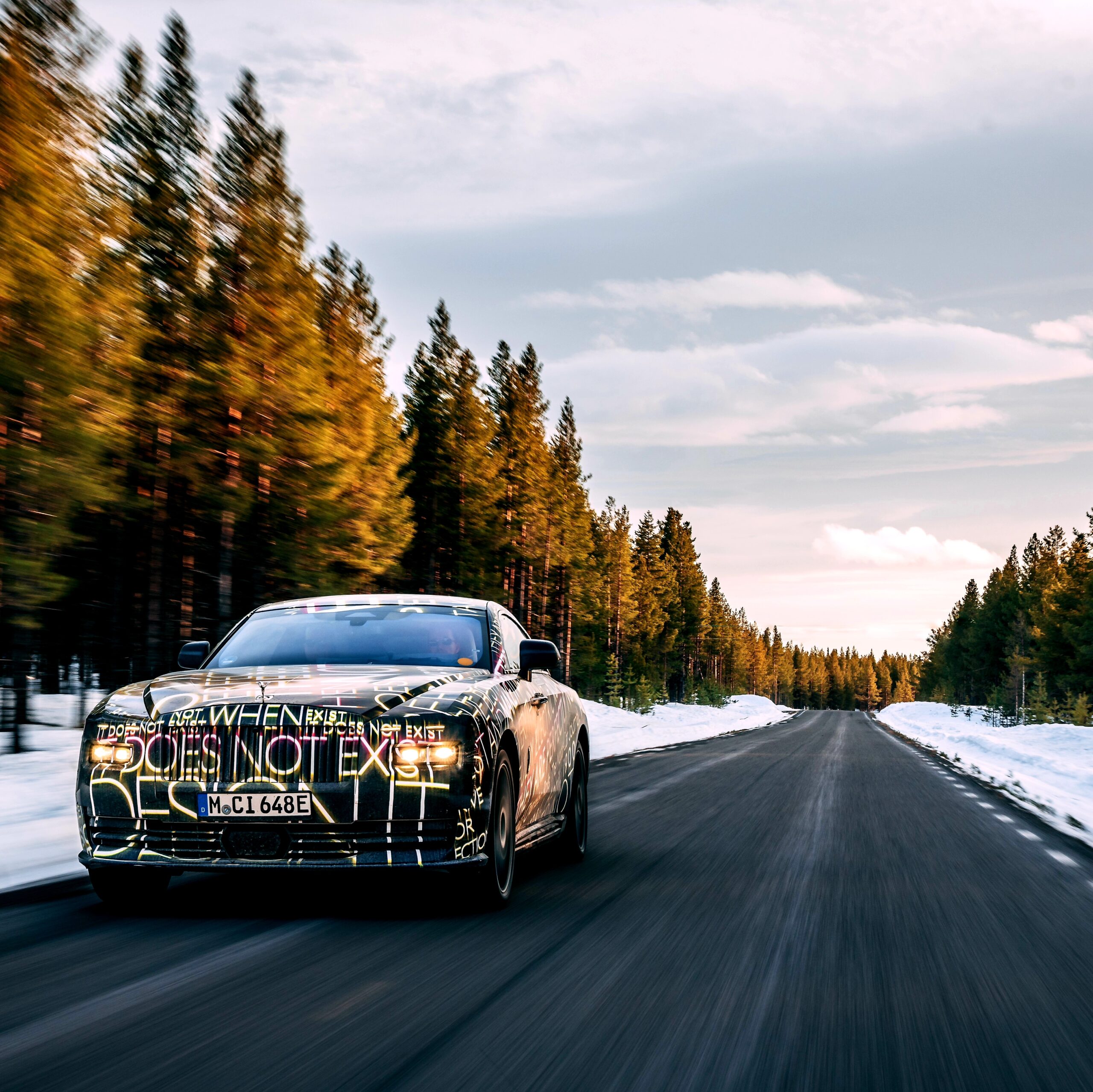
ROLLS-ROYCE SPECTRE: WINTER TESTING A new Rolls-Royce motor car always begins its life in winter. Temperatures at the Bespoke facility used by the marque, located in Arjeplog, Sweden, just 55km from the arctic circle, drop to -26 degrees centigrade and are further cooled to -40 degrees centigrade. There are several reasons for subjecting the marque’s […]
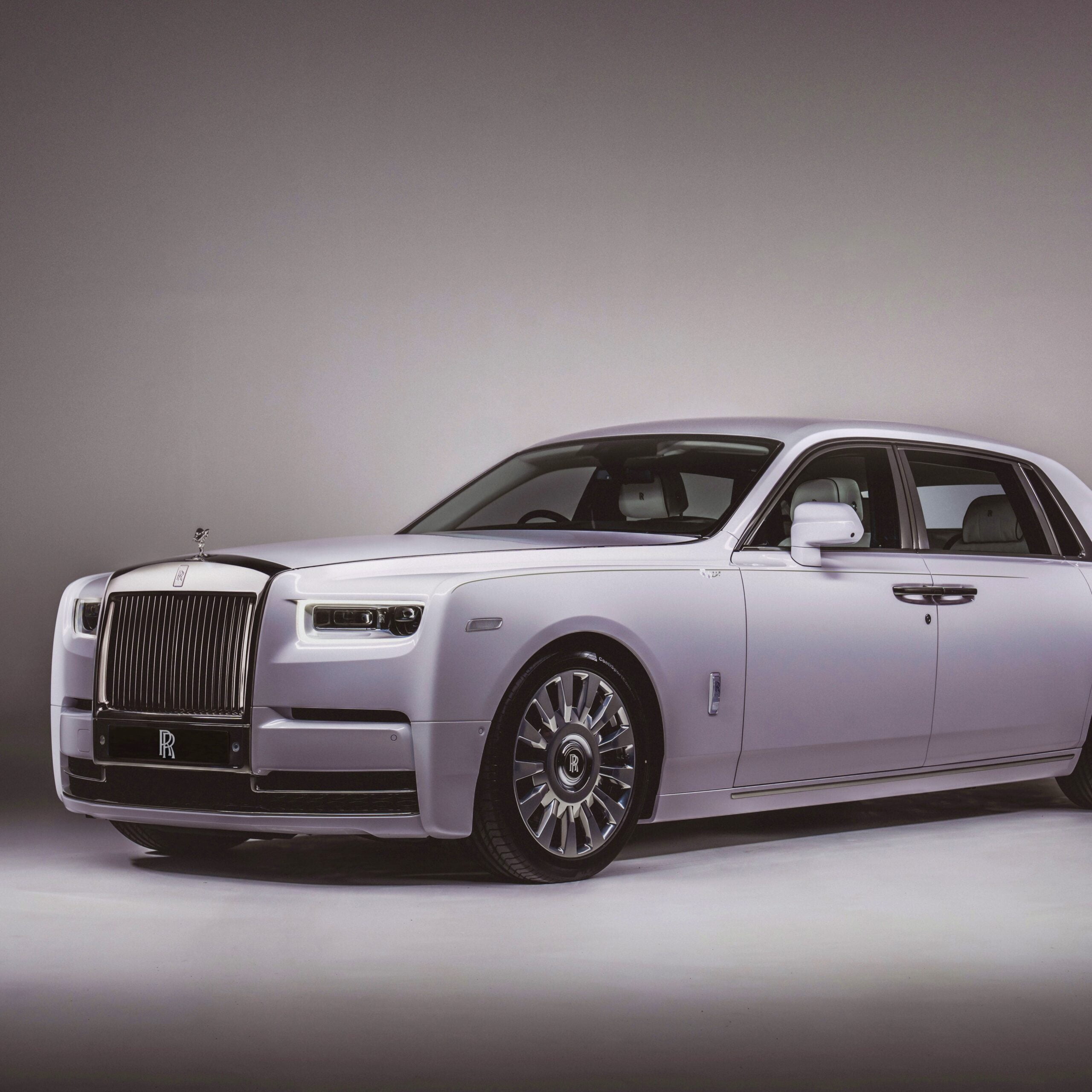
Rolls-Royce recently announced their latest inspirational piece, the Rolls-Royce Phantom Orchid. Designed specifically with Singapore in mind, the Phantom is extremely rare as just one singular model has been produced. Looking to the orchid for motivation, the team chose this reference to serve as a representation of beauty and strength. Serving as a withstanding focal […]

Marking an important milestone, multiplatinum Icelandic collective Of Monsters and Men announce My Head Is An Animal (10th Anniversary Edition) to be released on October 29th. To celebrate a decade since the arrival of their platinum-certified debut My Head Is An Animal, the group is releasing a version of the album as it was when it was released in Iceland in 2011. […]
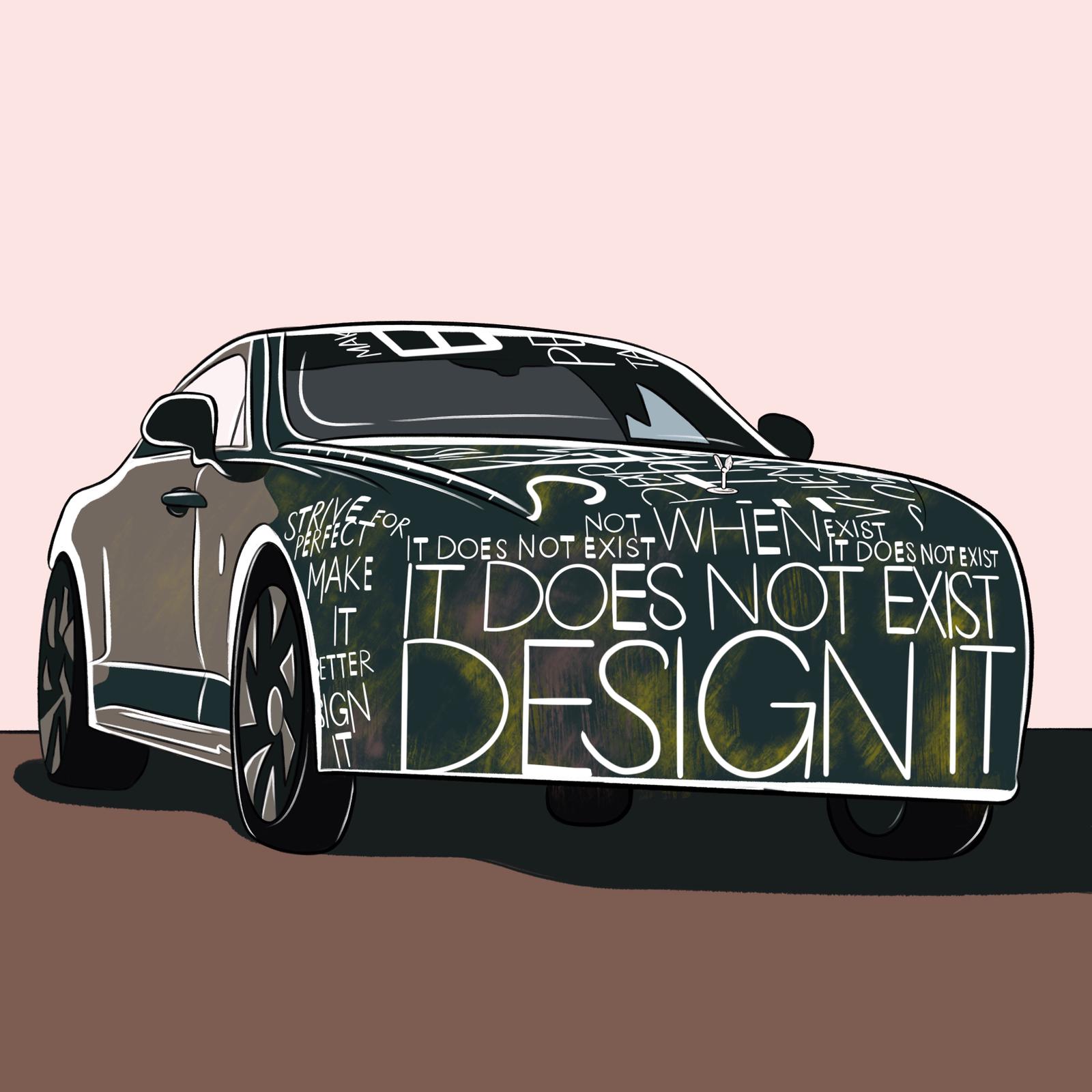
A PROPHECY FULFILLED, A PROMISE KEPT, A REMARKABLE UNDERTAKING UNDERWAY ROLLS-ROYCE MOTOR CARS ANNOUNCES FIRST FULLY ELECTRIC CAR, SPECTRE, COMING IN 2023 In an historic announcement, Rolls-Royce Motor Cars announced today, that on-road testing of its first fully electric motor car is imminent. In announcing this seminal moment for the marque, Rolls-Royce Motor Cars Chief […]
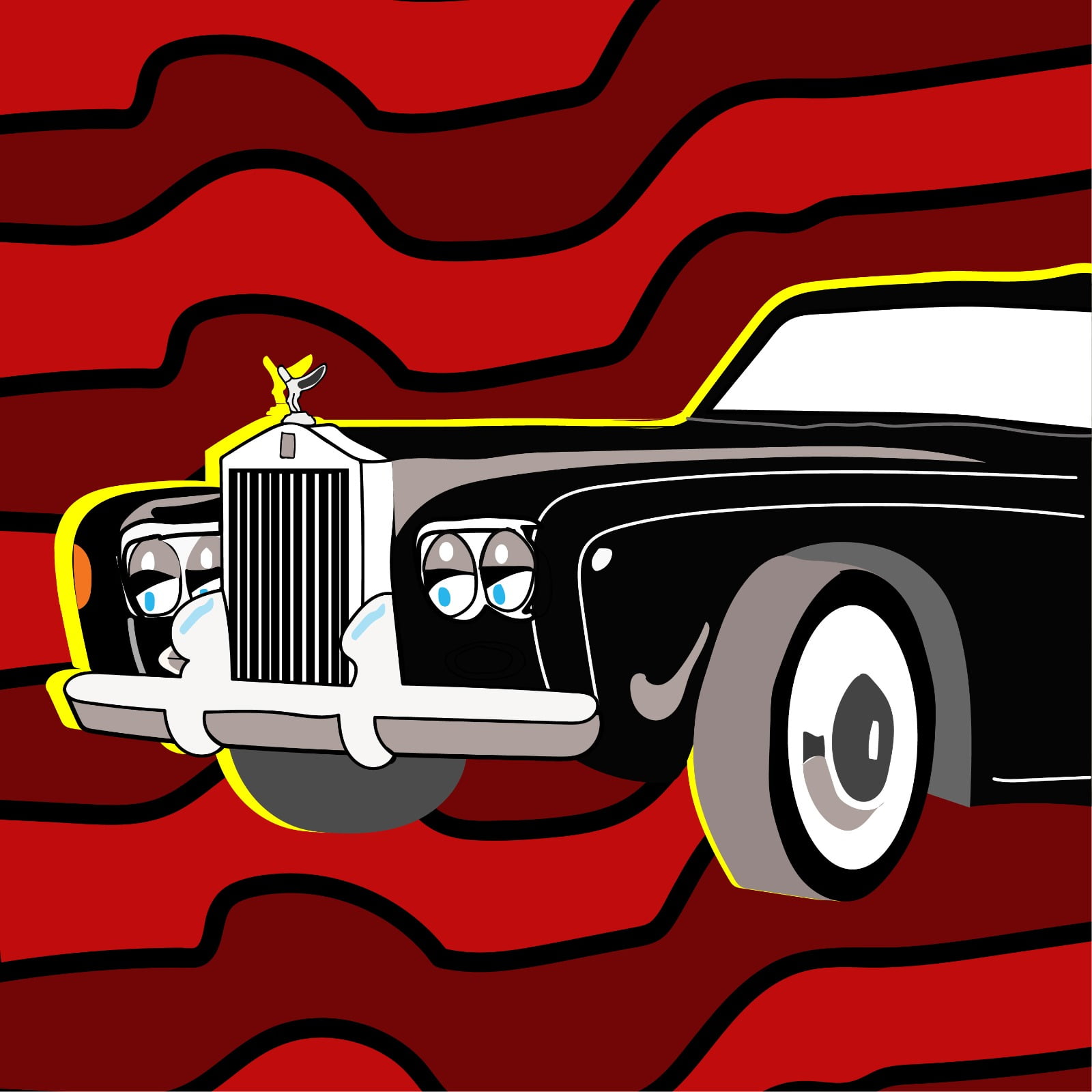
Rolls-Royce Phantom sits at the apex of the luxury world, gracing some of the most formative moments of the past century. It is the motor car that proudly counts many of the world’s most influential and revered individuals among its wealthy collectors. As the brand has evolved, so has the face of the patrons of […]
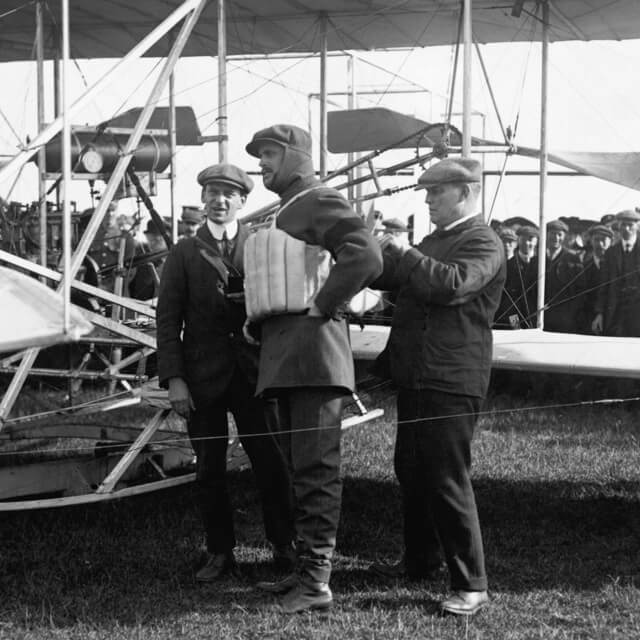
Rolls-Royce is celebrating the 110-year anniversary of Charles Stewart Rolls’ first non-stop double crossing of the English Channel by airplane. At 6:30 pm on June 2, 1920, aviation pioneer Charles Stewart Rolls took off alone in his flimsy biplane from Swingate aerodome, near Dover, to achieve the world’s first non-stop double crossing of the English […]